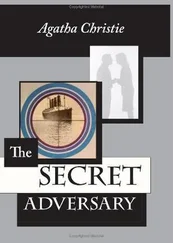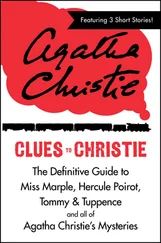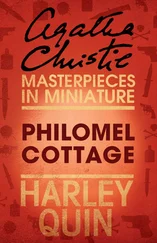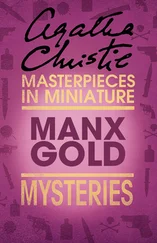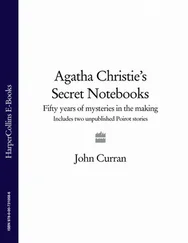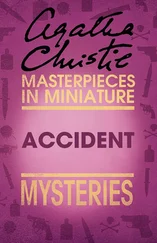Nigel?
Patricia
Although she toyed with the idea of other characters as the eventual villain, Valerie was always a front-runner, either alone or with various combinations of other students:
1. Valerie—Master mind of racket—uses students—puts C up to it—Nigel in it with her? Or blackmails her or later N. one of victims
2. Nigel—finds out about racket—or in it with Valerie—childish excitable
Basic to the plot is a bet about obtaining poison and it must be admitted that some of the tactics suggested are horribly plausible, at least in the mid-1950s. The ‘doctor’s car’ idea was one that surfaced a few times throughout the Notebooks and the white coat used in the novel as camouflage to access a hospital drug cupboard is one obviously inspired by Christie’s personal experiences in University College Hospital during the Second World War:
The 4 methods—a bet is made—Argument
Nigel
Valerie
Len
Angus
They bring back
D[angerous] D[rugs] from car—Tube of morphine
Hosp. Patient—Phenobarbitol
Poison cupboard—Strych. Or Digi?
Bicarbonate bottle taken to put powder in—and
bicarbonate substituted?
Then drugs destroyed but not one of them—the hospital one?
By page 50 of Notebook 12 she has the plot under control and the following extract contains most of the elements of the eventual plot:
Main arguments
V. an organiser of smuggling into this country (jewels?) (drugs?) by means of students. Mrs. N is in it—buys houses for students—also a shop on corner nearby—where rucksacks are sold—which have false bottoms (stones imbedded in glue (or powdered heroin in rouleau [roll] of canvas).
Police are on V’s track—she passes something to Nigel—Bath salts—he examines this—finds heroin—replaces it with bicarbonate—and puts stuff in his bicarbonate bottle. Police come to house—V. destroys rucksack cuts it up—afterwards works on Celia.
And a few pages later she toys with some refinements (the saccharine and rucksack ideas and the involvement of Elizabeth Johnson were subsequently rejected):
Points to be resolved
Morphine (Acetate?) replaced by boracic acid—latter shows green flame when burned (Recognised by Celia?) [therefore] C. knows boracic was taken to replace morphia.
Pat found morphia—took B. [oracic] A[cid] from bathroom.
Saccharine? Did C. use this in coffee? Morphia tablets exchanged for sacchar
Val. runs smuggling racket (Killed C?)
E[lizabeth] J[ohnson] in with Val on smuggling
Akibombo—saw—what? to do with boracic?—to do with rucksack?
Smuggling Gems? Dope? Mrs. Nic V’s mother? Just figurehead?
And, of course, Nigel’s back-story—he was responsible for the death of his mother and his father has left a letter to this effect to be opened after his death—plays a vital part in the plot. It is not until approaching the end of the notes, however, that it is sketched in:
Argument
N. bad lot—needs money—tries to get it from his mother—forges her name—or gives her sleeping draught—she dies—he inherits—inquest—overdose—accident. But father turns him out—he cashes in on his mother’s money. (Goes through it?) Pals up with Valerie—in smuggling racquet—has by then taken another name—archaeological diplomat—friends with students etc. Police come—he thinks for him—father dead?—letter left with lawyer—takes out bulbs—(or are bulbs—new ones—stolen—and one taken out in hall)
Nigel gives mother poison (Money)—Father a chemist—tests it or finds it—turns Nigel out—signs a deposition—at bank in case of his death—or if Nigel does anything dishonourable—N. is to change his name
One of the ideas that appears after the ‘Suggestions to enlarge and improve’ the novel noted above is Patricia’s murder:
Nigel goes to police station…Pat (?) rings up—speaks to Nigel—breathless scared voice—Nigel—I think I know—who must have taken the morphia because I remember it was there that night…I don’t want to say…Right…Nigel and Police go—Pat dead. Nigel cries like a small boy
Coming so late in the novel, however, this feels somewhat tagged on and it is an idea that enlarges rather than improves. In fact, a sketch of it had already appeared ten pages earlier:
End sequence
After Nigel and Pat scene Nigel goes round to Police Station. Pat (ostensibly)—really Valerie—rings up—knows who took it. They go there—Pat dead—Nigel’s grief—real—H.P. arrives.
This murder is similar to the late murders in Four-Fifty from Paddington and Ordeal by Innocence, in the following years. Mrs Oliver, in Chapter 8 of Cards on the Table, says: ‘What really matters is plenty of bodies! If the thing’s getting a little dull, some more blood cheers it up. Somebody is going to tell something—and then they’re killed first. That always goes down well. It comes in all my books…’ And in Chapter 17 of the same novel: ‘when I count up I find I’ve only written thirty thousand words instead of sixty thousand, and so then I have to throw in another murder…’ It is difficult not to think of these remarks, tongue-in-cheek though they may be, when reading Hickory Dickory Dock.
Exhibit C: Agatha Christie in the Notebooks
‘And then—there are always the old favourites.’
The Clocks, Chapter 14
Christie several times references herself and her work in the Notebooks. For some reason she twice—in Notebooks 72 and 39—lists some of her books, although the lists are not exhaustive nor is it obvious what the titles have in common; and she often refers to earlier titles as a quick reminder.
 Analysis of books so far
Analysis of books so far
Hotels—Body in Library, Evil under the Sun
Trains Aeroplanes—Blue Train, Orient Express, Death in Clouds, Nile
Private Life (country) Towards Zero, Hollow, Xmas, 3 Act Tragedy, Sad Cypress (village) Vicarage, Moving Finger
Travel—Appointment with Death
The above list appears just after notes for Mrs McGinty’s Dead. The fact that Taken at the Flood does not appear in the list may mean that it was compiled in late 1946, after The Hollow, or early 1947, before Taken at the Flood was completed. From the headings it would seem that she was considering backgrounds she had previously used.
 Ackroyd
Ackroyd
Murder on Nile
Death in Clouds
Murder in Mesopotamia
Orient Express
Appointment with Death
Tragedy in 3 Acts
Dead Man’s Mirror
And the above, squeezed into the corner of a page during the plotting of Evil under the Sun, is even more enigmatic. Apart from the fact that they are all Poirot stories, it is difficult to see what they have in common.
The next musing appears in the notes for Towards Zero. Wisely, she decided against it as another mysterious death at the hotel in the space of three years could look, in Oscar Wilde’s famous phrase, like carelessness:
 Shall hotel be the same as Evil Under the Sun—N[eville] has to go across in trolley because high water
Shall hotel be the same as Evil Under the Sun—N[eville] has to go across in trolley because high water
The following odd, and inaccurate, reference to an earlier killer appears in the notes for Elephants Can Remember. It is odd because Poirot was not involved in that case and never knew Josephine:
 Calls on Poirot—asks about Josephine (Crooked House)
Calls on Poirot—asks about Josephine (Crooked House)
Читать дальше
Конец ознакомительного отрывка
Купить книгу
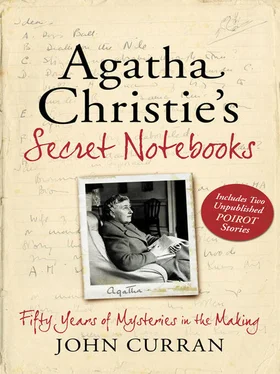
 Analysis of books so far
Analysis of books so far
